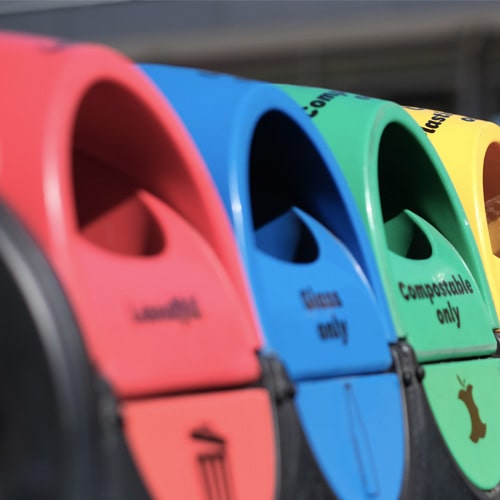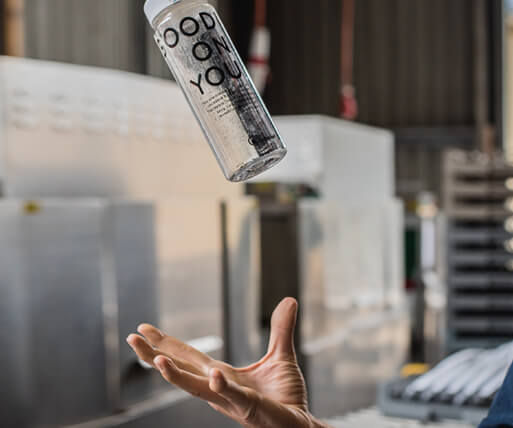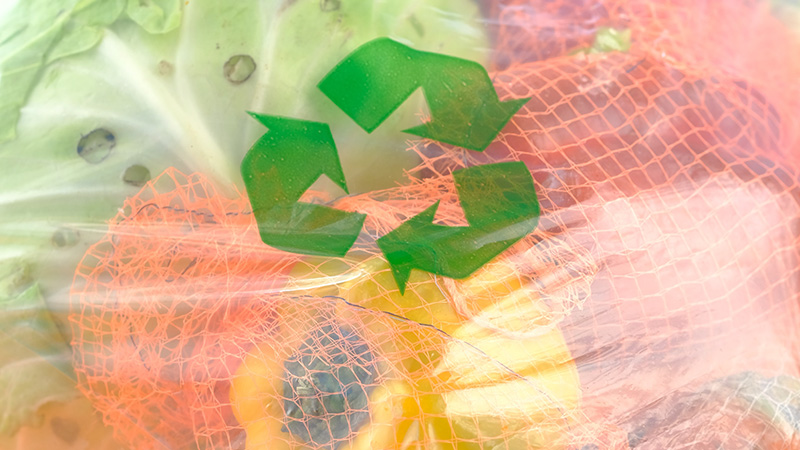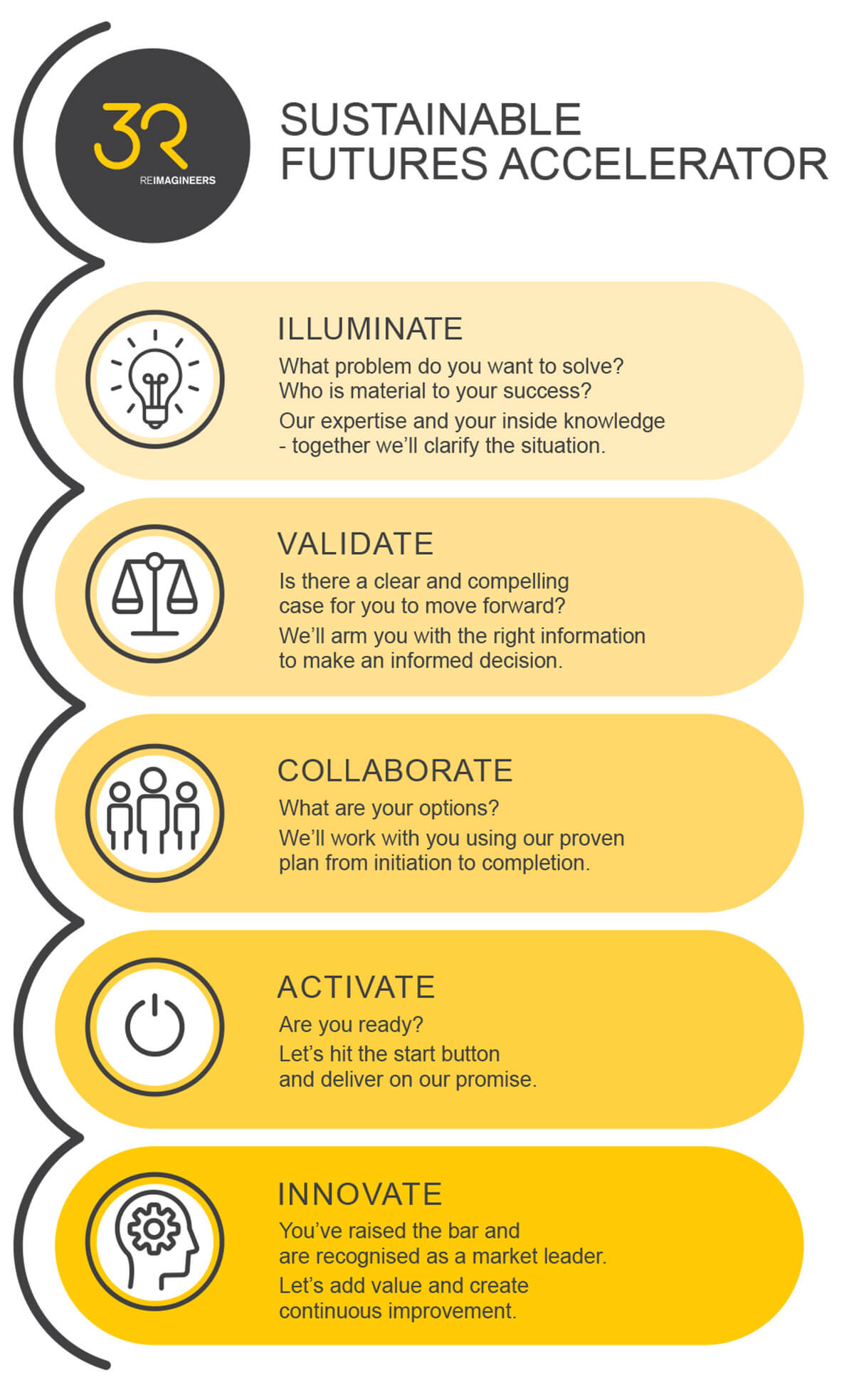Label your packaging for sustainability
The fifth in a series written for NZ Food Technology.
By Natalie Martin, 3R Group Materials Innovation Manager
The desire for more sustainable packaging is greater than ever in New Zealand, but if we are going to reach this goal we have to take a holistic approach.
This means working from the design phase right through to a product’s end of life and considering how it will be handled by the consumer when they are finished with it. Designing packaging to be sustainable is one thing but getting consumers to recycle, reuse or properly dispose of it is another.
Confusion is not uncommon with many consumers wanting to do the right thing but often not knowing how. These ‘wish-cyclers’ can cause more harm than good by contaminating recycling systems but also have the potential to have a hugely positive impact and become ‘sticky customers’ if properly informed.
This is where labelling plays a vital role in making it simple for consumers to understand what to do with their packaging at point of disposal, and easier to make an informed choice at point of sale – surely a win-win for those moving to more sustainable packaging.
In the Rethinking Plastics in Aotearoa New Zealand report by the Prime Minister’s Chief Science Advisor, it’s recommended we adopt the Australasian Recycling Label (ARL) system.
It’s a universal evidence-based system which identifies each component within the packaging, its level of recyclability and any additional steps required (such as in store drop off), all with simple iconography. As a result, consumers are well informed as to what they should do with their packaging.
The report suggests the system could work cross-Tasman, which is critical considering the commonality of products within Australia and New Zealand markets and the value of packaging real estate.
The report also recommends the adoption of a standardised national kerbside recycling system, as this and the labelling system go hand-in-hand. In fact, a standardised kerbside system is critical to the success of a universal labelling system.
Even without a universal labelling system brands can have a big impact by simply ensuring all material types are clearly identified and keeping packaging as simple as possible and avoid ‘Frankenstein packaging’.
Highlighting packaging’s sustainability features not only makes it easier for consumers to do the right thing but offers a competitive advantage at a time when more and more people are basing their purchasing decision on sustainability credentials.







